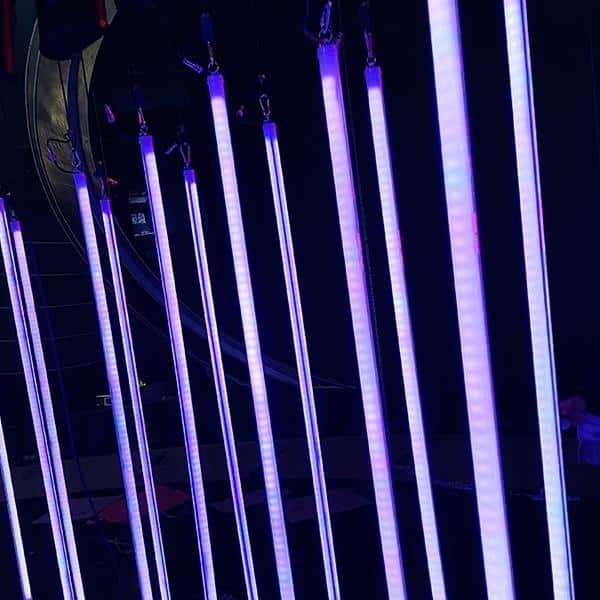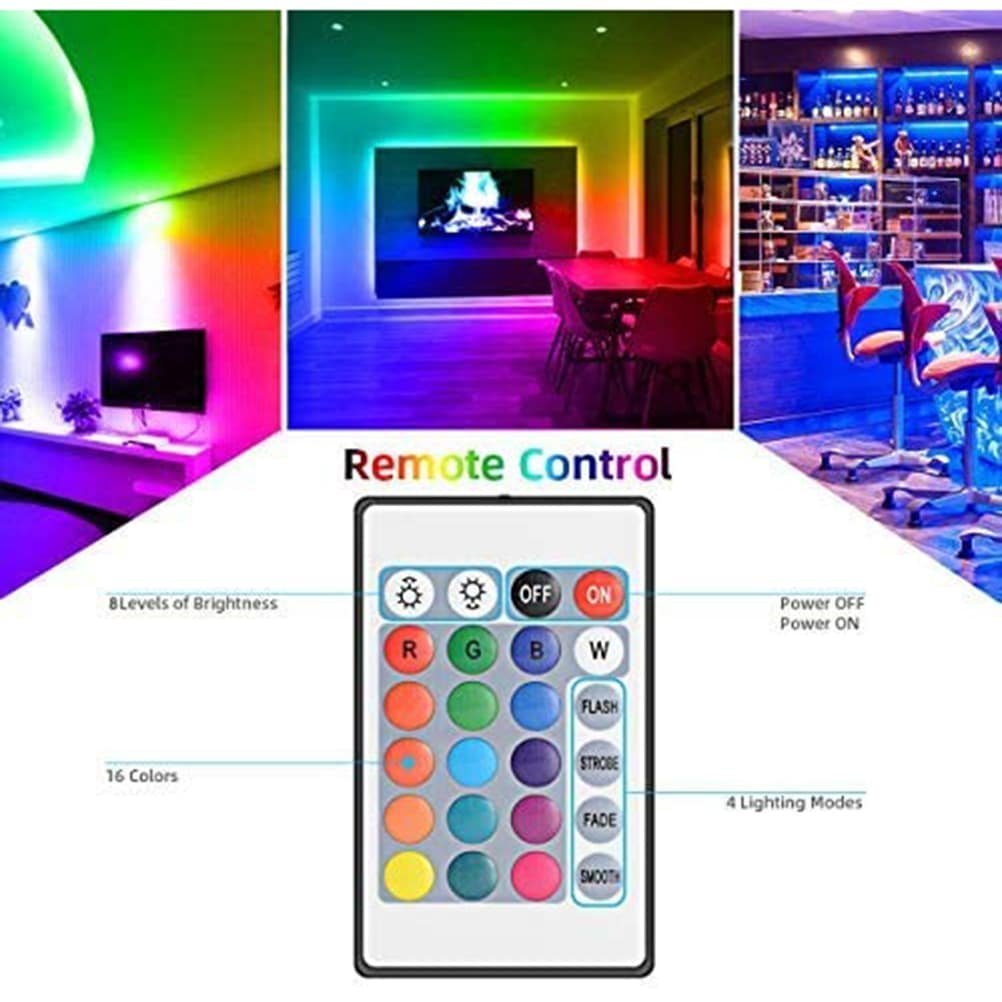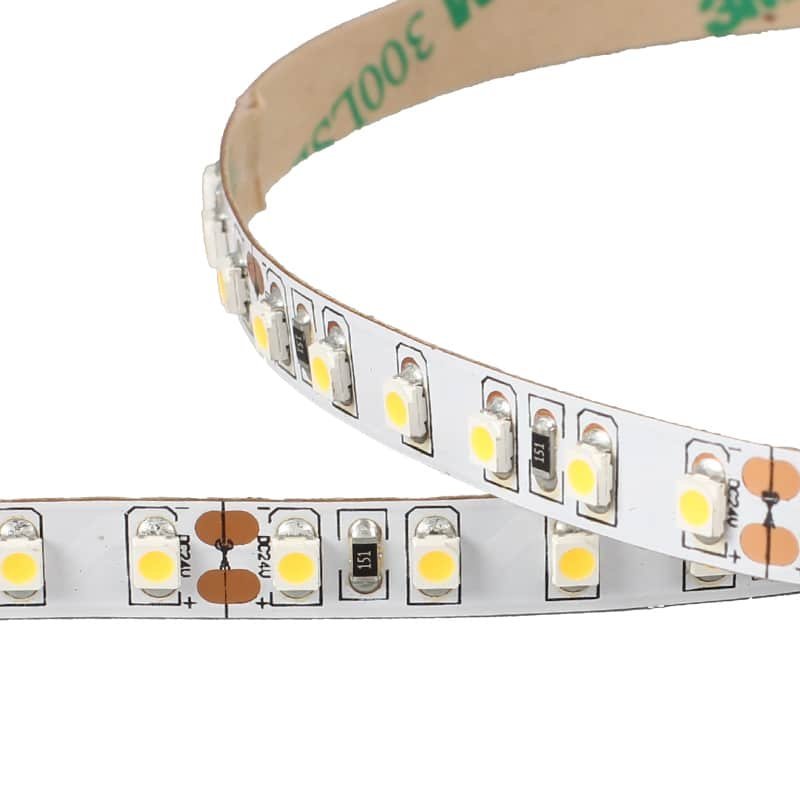Welcome to our Burnled’s blog where we explore the significance of quality control when it comes to LED strip lights! In an age that strives to reduce energy use, LED strips have become an increasingly popular choice due to their versatility and aesthetic appeal. However, what many fail to recognize is how important quality control plays in not just performance but safety as well. Join us as we uncover how cutting corners with subpar strips could lead to disastrous consequences and how prioritizing quality control can enhance lighting experiences in unexpected ways – let’s dive in!
Introduction to LED Strips’ Quality Control
As technology develops, so too do quality control measures. Quality assurance in LED lighting manufacturing is integral to ensure safety and reliability of products.
Manufacturers must adopt stringent quality control measures to ensure LED strip lights are safe and reliable before reaching consumers, in order to detect any issues with products before they reach end-users.
One of the key aspects of quality control is testing. LED strip lights must be examined for electrical safety, durability and output to ensure only safe and reliable products reach consumers. Testing ensures this goal.
Manufacturers must also inspect LED strip lights for defects as part of their testing process, which helps detect any potential issues before they reach consumers and avoid selling subpar products to them. By early detection, this inspection allows manufacturers to prevent selling sub-par products to consumers.
Quality control measures are vital in ensuring the safety and reliability of LED strip lights. By employing stringent quality assurance standards, manufacturers can guarantee only safe products are sold to their consumers.
Quality Control Benefits of LED Strip Lights
LED strip lights require high levels of quality control to ensure their safety and reliability, with manufacturers carefully testing and inspecting every batch before shipping out to ensure that their products meet all industry standards and are free of defects – this protects consumers from potentially hazardous products while assuring them of receiving something which will live up to its advertised performance.
Quality control for LED strip lights is vitally important, for several reasons:
Safety: Before being sold to consumers, all electrical products must undergo stringent safety testing. This is especially important with products like LED strip lights that will be placed in close proximity to people. Manufacturers should make sure each batch meets all safety standards to give consumers peace of mind that their product is safe to use.
Reliability: Consumers expect their products to be both safe and reliable, which makes quality control for LED strip lights so essential – carefully inspecting each batch prior to shipping out helps manufacturers ensure their products perform as promised and last for years. This level of quality assurance helps create consumer trust and loyalty over time.
Improved Performance: Quality control can also aid in the enhancement of LED strip lights’ overall performance, by eliminating defective or subpar components during production and making sure that their products operate at peak efficiency – creating an enhanced user experience as a result.
Safety and Reliability in Healthcare Settings
As LED lighting becomes an ever more prevalent form of illumination, so too has its importance in terms of quality control increased accordingly. LED lights have many applications ranging from indoor and outdoor illumination, auto and airplane illumination and more – and since so many applications require these lights it is vital that their manufacturing meets strict safety and reliability standards.
One of the key aspects of quality control for LEDs is ensuring they have been rigorously tested before being released on the market. Testing ensures they will perform as intended and meet all safety standards; typically these tests include:
Electrical Testing: Electrical testing ensures an LED light can withstand voltage fluctuations without experiencing insulation failure, while being properly protected against voltage surges.
Thermal Testing: Thermal testing ensures an LED light operates within its specified temperature range, as too much heat could damage them and result in malfunctions or failure.
Optic Testing: Optical testing enables users to measure an LED light’s intensity, beam pattern, and color accuracy – something important both indoor and outdoor applications require.
Reliability Testing: Reliability testing helps ensure an LED light continues to function in its intended manner even under different environmental conditions, such as vibration, shock or thermal cycling.
Quality Control Test Protocols for LED Strip Lights
Quality control testing of LED strip lights is an integral component of manufacturing. By inspecting products before they leave their factory, manufacturers can ensure they meet safety and reliability standards.
There are various quality control tests that can be run on LED strip lights to ensure their electrical safety, color consistency and brightness levels are optimal. By performing such tests on their products, manufacturers can ensure their customers can expect safe products that perform as promised.
One of the most crucial quality control tests for LED strip lights is an electrical safety test, which checks for short and open circuits and any potential safety risks to users. Failing this test could present serious safety concerns to consumers.
Color Consistency Test – Another important quality control test, this color consistency test ensures that all LEDs in a strip light emitting identical colors of light, to avoid an unsightly effect or cause confusion among users. Even one LED emitting different hues could create an unsightly visual or cause confusion for them.
The brightness level test ensures that LED strip lights emit enough light to be easily seen in all environments. A too dim strip light could make it hard for users to see in low-light environments; on the other hand, too bright of an LED may cause eye strain or glare for some users.
Common Issues Found in Low-Quality LED Strip Lights
Quality control of LED strip lights is essential to their safety and reliability. Common defects found in lower quality models include:
Poorly soldered connections that lead to premature failure of lights – inadequate insulation which causes electrical shorts and fire hazards
Low quality components which result in flickering or nonfunctioning lights
To avoid such hazards, it is wise to only purchase high-quality LED strip lights from trusted manufacturers who implement stringent quality control measures. By doing so, you can be confident that your lights will provide safe and dependable illumination for many years to come.
How to Ensure Quality Control in Your LED Strip Light Manufacturing Process
As more people opt for LED lighting, manufacturers must ensure their products meet the highest quality standards. Quality control plays an integral part in LED strip light manufacturing to ensure safety and reliability.
There are a few key ways to ensure quality control in your LED strip light manufacturing process:
1. Select high-quality materials. One way to ensure quality control in your products is by selecting high-grade materials such as LEDs, solder, copper wire and PCBs that meet high standards of excellence. Doing this will extend their longevity and ensure reliability for you.
2. Thoroughly test your products. Another effective way of assuring quality control is testing products thoroughly prior to their release on the market, including testing for electrical safety, water resistance, durability, and usability in various environments and situations. Ensure your products can withstand everyday usage by testing under various circumstances and conditions.
3. Implement a robust quality control system at your facility. Implementing an effective quality control system in place at your facility can help catch potential issues early and head them off from becoming bigger issues later. Having such a system in place is crucial if you wish to remain profitable and maintain customer confidence in the products and processes manufactured there.
By following these tips, you can help ensure that the LED strip lights you sell to your customers are of superior quality and will provide years of safe use for their benefit.
Conclusion
LED strip lights are one of the key components of any lighting system, providing energy efficiency and cost savings while at the same time being safe and reliable. Quality assurance processes help ensure that these lighting products will function optimally over time without creating fire or electrical hazards in their wake. Investing in quality products with stringent quality assurance processes is vital in making sure that any future LED project runs safely from start to finish.





